There has been an unusual number of recent Hawaii flight diversions for various reasons. These diversions on Hawaii flights are far more problematic. Hawaii has the longest distance between diversion airports in the Pacific Ocean.
Amid all these reports of Hawaii flight diversions, including one this week that included an emergency landing on a Hawaiian Airlines Airbus A330 widebody, Airbus is now testing new technology for in-flight safety.
The new product, DragonFly, has just entered the last three months of testing. Airbus said: “Will put its flightpath capability, automated landing technology, and pilot assistance technology through its paces.”
17 recent Hawaii flight diversions raise concern.
In October, we first reported Flight Control Failure Causes Latest of 14 Recent Hawaii Diversions. Soon after, there was an event wherein Maui Flight Cabin Crew Incapacitated Causing Diversion. That was the result of a fume event. Then in late December, Hawaiian had another mechanical diversion, followed by this week’s diversion.
Automatic landing, crew incapacity, and assistance with taxiing.
Airbus UpNext, wholly owned by Airbus, is testing its new safety product on A350-1000 aircraft. DragonFly includes, among other things:
- Automated emergency diversion in cruise.
- Automatic landing.
- Taxi assistance.
Airbus said that in testing, Dragonfly was “able to assist pilots in-flight, managing a simulated incapacitated crew member event, and during landing and taxiing operations.” Not only that, but the software managed “flight zones, terrain and weather conditions.” It was able to “generate a new flight trajectory plan and communicate with both Air Traffic Control (ATC) and the airline Operations Control Centre.
These technologies, including automated taxiing, were texted in Toulouse, France. There, “The technology provides the crew with audio alerts in reaction to obstacles, assisted speed control, and guidance to the runway using a dedicated airport map.” The next project will address “computer vision-based algorithms to advance landing and taxi assistance.”
Could reduced-pilot flights be in the thinking?
This just came to mind when looking at the capabilities planned. We wondered about the idea of a reduced cockpit crew requirement as a result of tools like this. We’ll leave that discussion up to you aviation types.
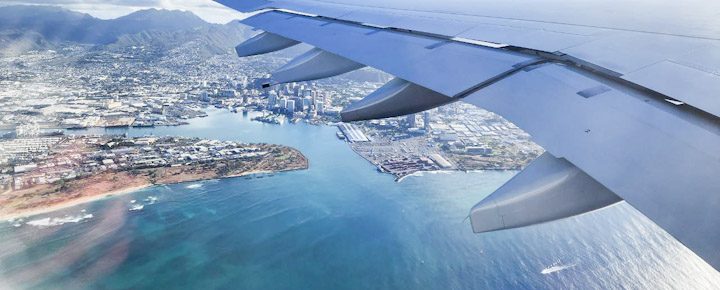
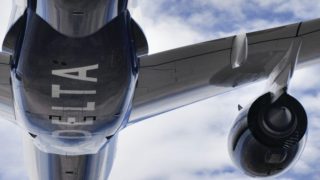
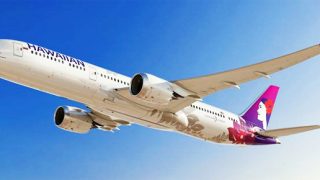
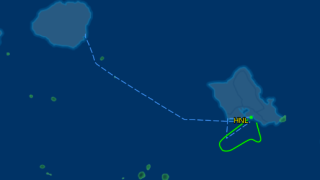

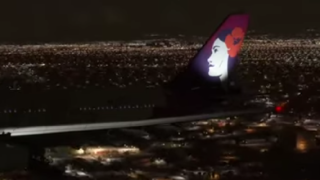

For several years, Alaska has had this capability mostly to ensure safe landings in heavy fog. Essentially, the plane could land itself in zero visibility conditions.
Aloha –
Auroland has been around for decades and requires pilot programming and monitoring. This new system is completely autonomous and as a 35 year airline pilot – scares the hell out of me
You can’t “program” judgement. And judgement is 90% of this job.
Pretty sure that many different flavors of aircraft have actually had the capability once programmed properly to takeoff and land the aircraft without pilot input for several decades.